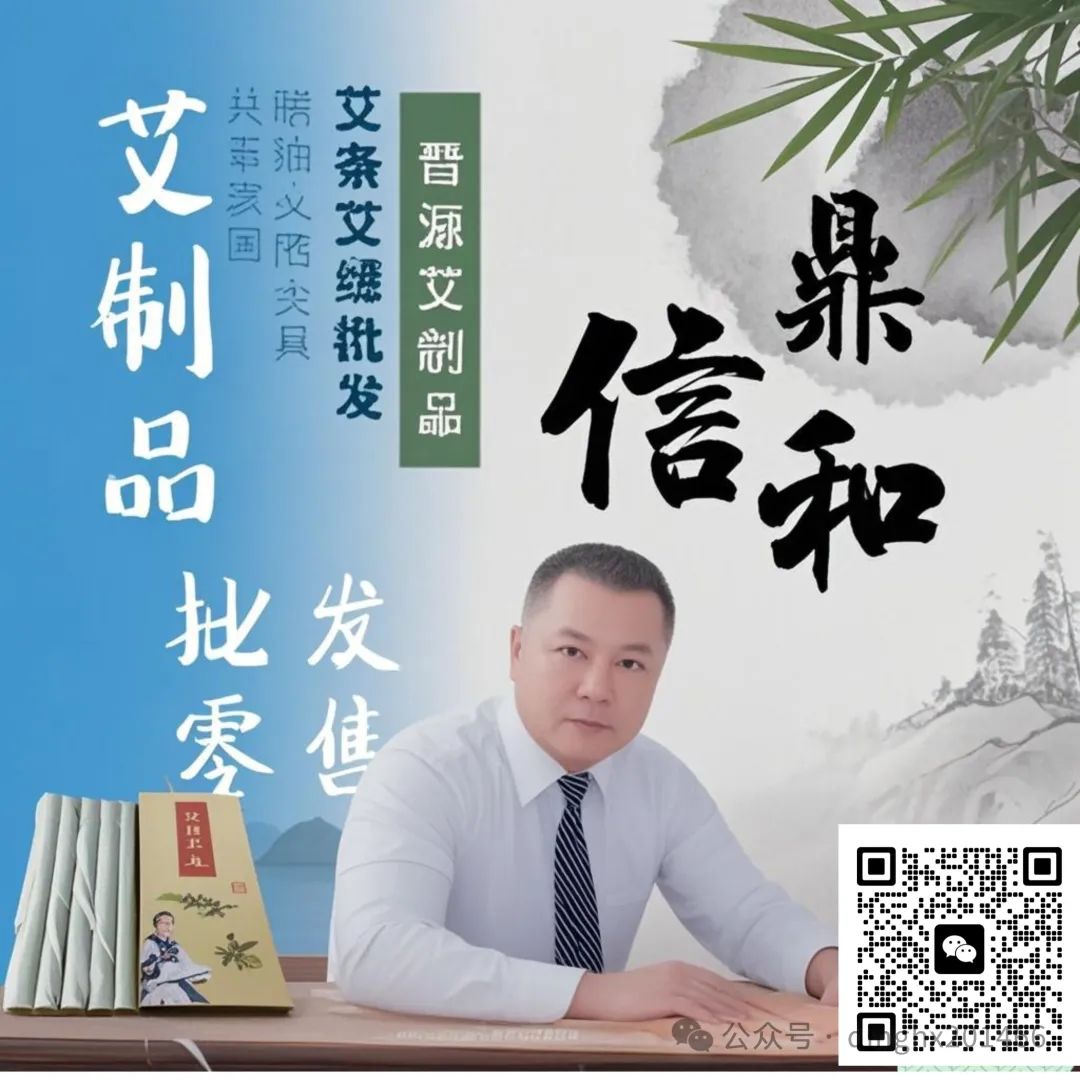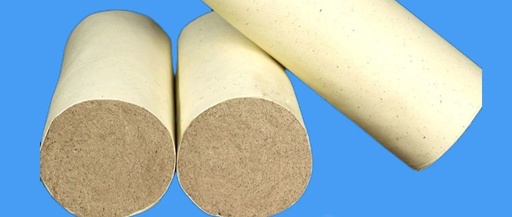In the mysterious and ancient treasure trove of Traditional Chinese Medicine (TCM), moxibustion has been a traditional therapy that has lasted for thousands of years, safeguarding the health of the Chinese people. Moxibustion involves igniting moxa made from mugwort (Ai Cao) to utilize the warmth and medicinal properties of the moxa fire, stimulating acupuncture points on the body surface, thereby invigorating the flow of qi and blood in the meridians, regulating organ functions, and achieving health maintenance.
The knowledge of TCM acupuncture points is key to the efficacy of moxibustion. The human meridian system is like a vast network, with acupuncture points serving as critical nodes that connect various organs and tissues, transmitting life energy. For example, Zu San Li (足三里), one of the main points of the Stomach Meridian (足阳明胃经), is located on the outer side of the lower leg, 3 cun below the knee. Zu San Li is known as the “universal health point”; moxibustion at this point can regulate the spleen and stomach, enhance digestive absorption, tonify the middle and benefit qi, promote circulation, and improve immunity. As the saying goes, “If you want to be well, keep Zu San Li active,” frequent moxibustion at this point can help maintain vitality.
Guan Yuan (关元), located in the lower abdomen, 3 cun below the navel on the anterior midline, is a crucial point where the original yin and yang intersect, and it is also the front-mu point of the small intestine. Moxibustion at Guan Yuan can tonify original qi, warm the kidneys, secure essence, and benefit qi, significantly improving symptoms caused by insufficient yang qi, such as cold intolerance, frequent urination, cold womb infertility, and erectile dysfunction.

Zhong Wan (中脘), located in the upper abdomen, 4 cun above the navel on the anterior midline, is the front-mu point of the stomach and one of the eight meeting points. Moxibustion at Zhong Wan can effectively regulate spleen and stomach functions, providing relief for issues such as stomach pain, bloating, indigestion, and nausea. Another important point is San Yin Jiao (三阴交), located 3 cun above the inner ankle, behind the medial border of the tibia, where the three yin meridians of the liver, spleen, and kidneys intersect. For women, moxibustion at San Yin Jiao can regulate menstrual disorders, dysmenorrhea, and amenorrhea, as well as enhance beauty and delay aging; for men, it can also help improve reproductive system function.
However, while moxibustion is beneficial, there are precautions to consider: – Timing: Generally, each session should last 15-20 minutes to avoid burns; it is best to wait 1-2 hours after meals before moxibustion; avoid moxibustion when extremely fatigued, overly hungry or full, or intoxicated. – Special populations: Women should be cautious during menstruation and pregnancy, especially regarding abdominal points; do not perform moxibustion on areas with skin damage, ulcers, or infections; patients with yin deficiency and excess heat should avoid moxibustion. – Environment and operation: Choose a well-ventilated environment for moxibustion to avoid smoke accumulation; observe the skin condition during the process to prevent burns; after moxibustion, keep warm and avoid bathing for 4-6 hours.
Combining moxibustion with TCM acupuncture point knowledge can bring numerous health benefits. With proper use, one can enjoy the wellness benefits it offers and embark on a healthy life.

